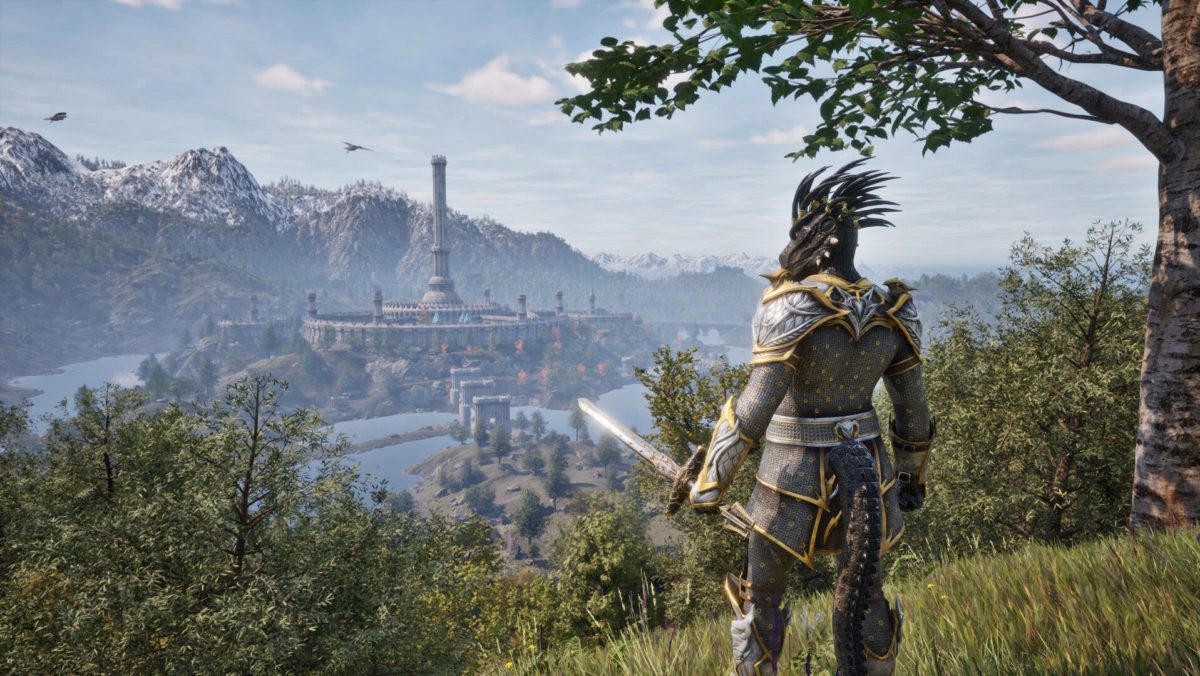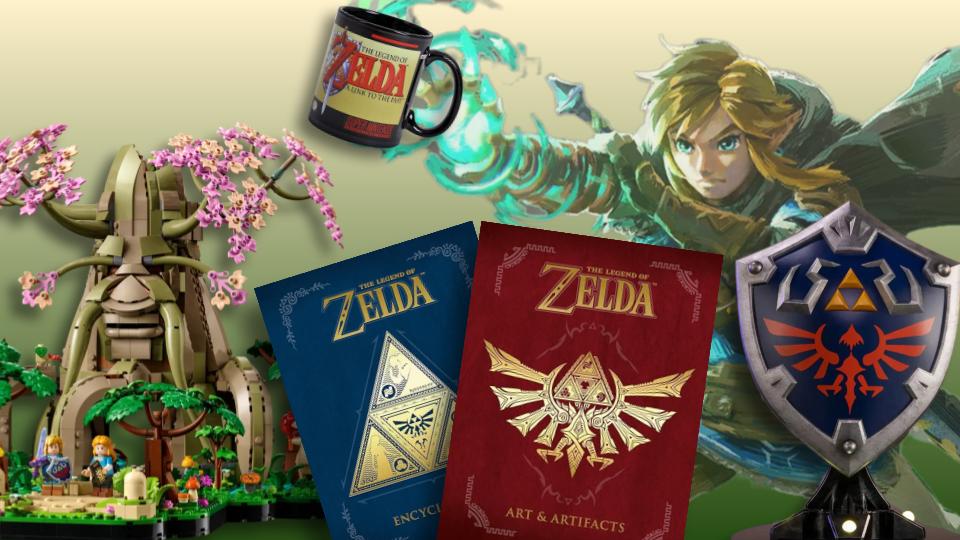
A month after launch, a small percentage of The Elder Scrolls IV: Oblivion Remastered players have completed the main questline. But for a game like this, that’s not particularly surprising — fans are saying they’re way too busy doing other stuff.
I’m one of those fans! I’ve been playing and enjoying Oblivion Remastered since it shadow-dropped on April 22, and upon leaving the sewers and handing over the Amulet of Kings to Jauffre at Weynon Priory, I’ve done everything BUT the main questline. I’ve joined the Fighters Guild, explored Cyrodiil, and completed loads of side quests. I’ve even tried to brute force my way out of the map, as one player managed to do.
Why? Well, the side quests in Oblivion are brilliant fun (I won’t spoil any story stuff here), but I’m also trying to avoid the main quest (and potentially difficult parts of it like Kvatch) for the time being while keeping leveling up to a minimum.
So, I’ve decided to enjoy Oblivion until I get bored enough to play the game properly. Although there is no properly with a Bethesda game like this one, is there? That’s why they’re brilliant. You do what you want whenever you want, and the game still works.
It seems a lot of other players are doing the same thing. “I’m BUSY doing OTHER STUFF like hunting for SLAUGHTERFISH in Lake Rumare,” the wonderfully named redditor MrCrispyFriedChicken said in response to the percentage completion stats for finishing Oblivion Remastered’s main questline.
“I spend 160 hours in already and Kvatch is still waiting for me,” added Roffear. “I’m one of those weirdos who actually likes the Oblivion gates so I purposefully don’t finish the main quest until I’ve found all 60 gates in my world and closed them,” said Ellert0. “44 hours and an actual in-game year, and I haven’t even been to Weynon Priory,” said PlayaHatinIG-88. “Those poor Kvatch city guards never stood a chance.”
At the time of this article’s publication, a paltry 2.97% had completed Oblivion Remastered’s main questline on Xbox and a slightly better 4.4% had on Steam. Why the difference? I presume that’s because Xbox factors in Game Pass, which will have seen a number of players dip their toe into Oblivion Remastered before bouncing. Steam players are all in, of course, because they actually bought the game outright.
Either way, it’s still a low percentage for Oblivion Remastered, which has so far seen over 4 million players. But in truth most video games have a surprisingly low campaign completion rate, whether it’s an epic, 100-hour open-world fantasy role-playing game like Oblivion Remastered or a five-hour story like Call of Duty. Indeed, a lot of games have a surprisingly low percentage of players who stick around after an hour or so or continue playing after the tutorial. Such is the fickle nature of the gamer.
For Oblivion Remastered, the stats may be skewed further because it’s a remaster of a beloved game many of its players finished back in the day. If you completed Oblivion’s main quest 20 years ago, perhaps you’re less inclined to do it again now, and would rather focus on all the pretty new visuals and upgraded bits and bobs. Or, as one player has done, spend seven hours lining up books to get a Dominoes chain reaction just right.
Thaddeus122 said they were almost 100 hours in and hadn’t even completed three of the main quests. They have, however, completed the Arena and the Mages Guild. And the rest of the time? “Leveling, getting money for homes, closing all the Oblivion gates, the Nirnroot quest, a bunch of little quests. To be fair, also don’t fast travel anywhere.”
Wesley is the UK News Editor for IGN. Find him on Twitter at @wyp100. You can reach Wesley at wesley_yinpoole@ign.com or confidentially at wyp100@proton.me.






